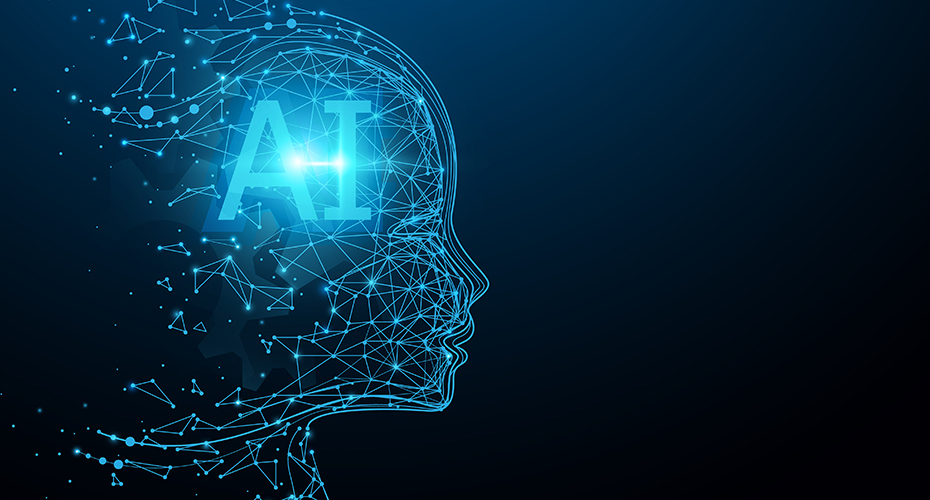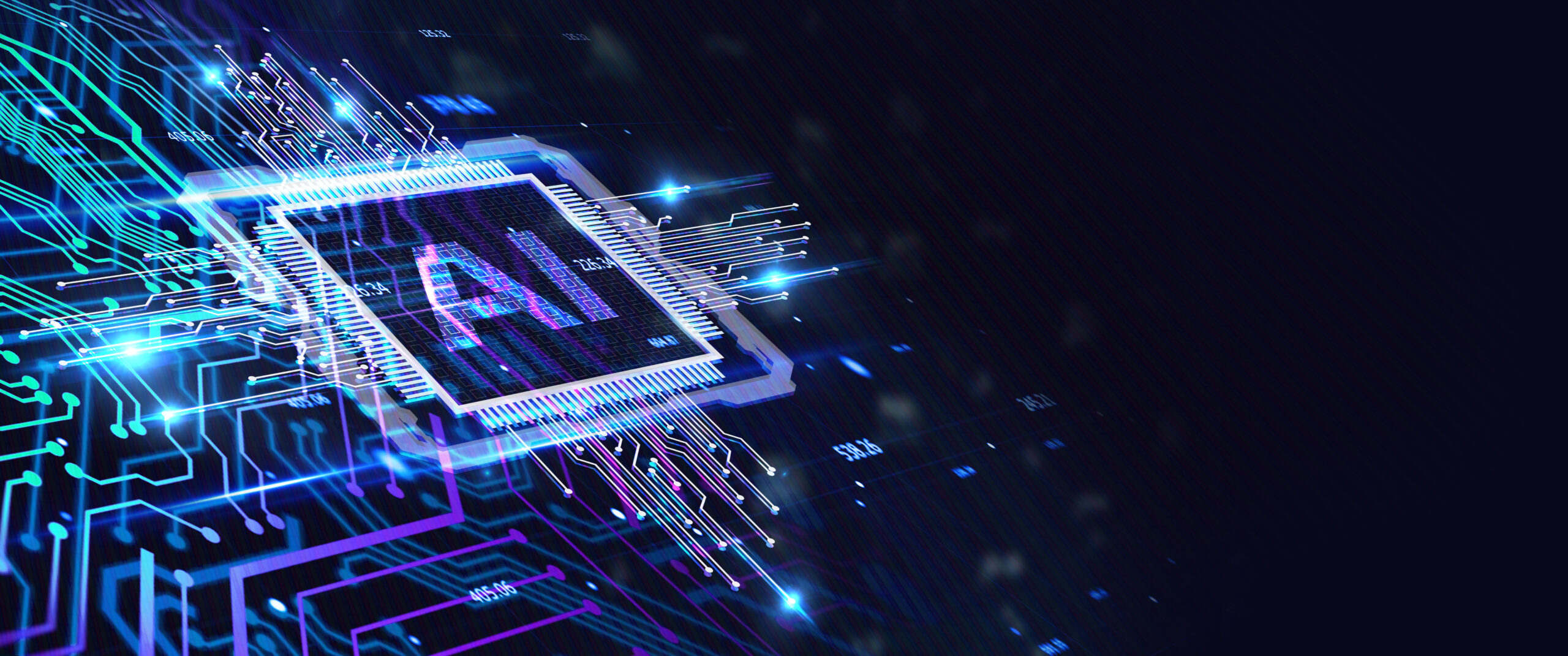
Empowering AI-Driven Insights: Enhancing Monitoring and Analysis with Generative AI

The ever-growing complexity of the modern IT landscape presents a constant challenge of efficiency and reliability. Legacy systems often fall short in keeping up with the complexities and demands of modern IT landscape, leading to increased downtime, reduced reliability, and higher operational costs. The conventional approach to system monitoring and analysis has long relied on time-consuming manual techniques, prone to errors and lacking scalability. As systems grow in complexity and scale, these conventional methods struggle to keep pace, leading to challenges in identifying and resolving issues promptly.
With the advent of Artificial Intelligence (AI) and its application in system monitoring and analysis, a new era dawns – one where systems can be
proactively managed and optimized like never before.
Also Read: Empowering Discovery: The Role of RAG Architecture & Generative AI in Healthcare & Life Sciences
Analysis Evolution: From Manual to Automated Solutions
Log analysis has long been a cornerstone of system monitoring. System administrators have relied on manual processes to sift through log files for decades, seeking out anomalies and potential system issues. System administrators resembled detectives hunched over mountains of data, deciphering cryptic clues hidden within log files. This manual log analysis process, while valiant, was inherently flawed:
- Time-consuming: Sifting through mountains of unstructured data line-by-line was a tedious and error-prone process, consuming valuable time that could be better spent on proactive tasks.
- Human Error: The sheer volume of data and the subjective nature of identifying anomalies often led to missed issues or false positives.
- Limited Scalability: Manual analysis quickly became untenable as systems grew in complexity and generated exponentially more logs.
Also Read: Harnessing Generative AI in Cloud Migration: A Game-Changer for the 7 Rs Strategy
The limitations of manual log analysis paved the way for automated solutions, ushering in a new era of efficient and insightful log analysis. These solutions offer several key benefits:
- Centralized Logging: Logs from various sources were collected and aggregated in a central location, simplifying access and analysis.
- Filtering and Parsing: Tools were introduced to filter and parse log data, making it easier to focus on specific events and extract meaningful information.
- Alerting: Systems could be configured to automatically trigger alerts based on predefined criteria, notifying administrators of potential issues.
While automated log management solutions were a significant leap forward, they still had limitations. They often relied on static rules and predefined patterns, making them incapable of adapting to dynamic environments and emerging threats.
This is where GenAI comes in, offering a paradigm shift in log analysis. It leverages the power of Artificial Intelligence (AI) to unlock unprecedented levels of automation, intelligence, and adaptability.
Also Read: Amplify your competitive edge with Generative AI
Real-time Critical Alerts: Minimizing Downtime with GenAI
GenAI’s real-time analysis capabilities significantly minimize downtime and enhance system reliability. Here’s how:
1. Actionable Insights
Generative AI can revolutionize team monitoring by automating data analysis and report generation, offering real-time actionable insights. By processing vast amounts of data from various sources, it identifies trends, anomalies, and patterns that might go unnoticed by human analysts. This capability enables teams to swiftly respond to issues, optimize performance, and make informed decisions based on comprehensive analytics. Furthermore, GenAI can tailor recommendations and alerts to the specific needs and preferences of each team member, enhancing collaboration and efficiency across projects.
2. Faster Root Cause Analysis:
Manual troubleshooting processes can be time-consuming, involving tedious tasks such as sifting through logs and correlating events. GenAI’s automatic root cause analysis capabilities streamline this process significantly. By leveraging advanced algorithms and knowledge base, GenAI can rapidly pinpoint the source of a problem, allowing IT teams to take corrective action swiftly. This reduction in time directly translates to improved system uptime and reliability, as issues are addressed promptly and efficiently.
GenAI goes beyond basic log analysis with AI-powered RCA. Forget just spotting issues – it uses a multifaceted AI approach and diverse data sources to uncover the root cause. Here’s how:
Comprehensive Data Ingestion: GenAI gathers and analyzes logs, system metrics, and exceptions from various applications and infrastructure layers. This holistic view allows it to understand system dynamics and uncover potential connections between seemingly unrelated events.
Advanced AI Techniques: GenAI utilizes supervised learning to recognize patterns in known issues, unsupervised learning to identify previously unknown root causes, and natural language processing (NLP) to extract meaning from log messages. This combined approach empowers GenAI to pinpoint the exact cause of an issue, saving IT teams valuable time and resources.
Also Read: Generative AI in BFSI: A Real-World Success Story
3. Proactive Problem Mitigation:
GenAI’s ability to detect potential issues in real-time empowers organizations to adopt proactive mitigation strategies. By identifying anomalies early, IT teams can implement preventative measures such as system adjustments or resource allocation tweaks to preemptively address emerging issues before they escalate into significant problems. This proactive approach minimizes downtime and fosters a culture of proactive problem-solving and continuous improvement within the organization, further strengthening system reliability and operational resilience.
AWS AI/ML Services Integration: AWS’s comprehensive suite of monitoring services including AWS CloudWatch, Amazon CloudTrail, and AWS X-Ray, organizations gain the ability to seamlessly collect, monitor, and analyze real-time data. These invaluable insights serve as the foundation for informed decision-making and optimized system performance. Further, the true potential of this data is unlocked through integration with advanced AI and ML services like Amazon SageMaker, AWS DevOps Guru, and Amazon Lookout for Metrics. By harnessing the power of AI, businesses can elevate their data analysis and anomaly detection capabilities, uncovering deeper insights and actionable intelligence to drive efficiency and success, particularly benefiting SMEs navigating the complexities of today’s digital landscape.
Also Read: Cost Optimisation for AWS SageMaker in GenAI Real-Time Inference Endpoints
Training for Enhanced Accuracy
GenAI’s adaptability is paramount in addressing the ever-evolving nature of this space. Initially, the AI model undergoes rigorous training, drawing from a wealth of historical data. This data, comprising labeled logs delineating various system events, serves as the foundation for the model’s understanding of system behavior and anomalies.
However, what sets GenAI apart is its capability for continuous learning and refinement. As new data streams in and systems evolve, the model dynamically adjusts its parameters to stay attuned to the shifting landscape. Through techniques like transfer learning and online learning, GenAI assimilates new information, fine-tuning its algorithms to detect emerging patterns and anomalies with heightened accuracy.
Moreover, GenAI embraces a multidimensional approach to adaptability. Beyond merely reacting to changes, it actively anticipates them. By leveraging advanced analytics and trend analysis, the model can forecast potential shifts in system behavior, proactively refining its algorithms to preemptively address emerging issues. This ensures that the model remains relevant even as systems evolve, new patterns emerge, and the log data landscape changes over time.
Also Read: From Science Fiction to Reality: The Rise of AI Digital Twins
Human-AI Collaboration
While GenAI excels in automation, human expertise remains irreplaceable in the realm of system monitoring and analysis. By fostering a collaborative environment where human and AI strengths complement each other, organizations can unlock the full potential of GenAI and achieve unprecedented levels of system intelligence.
Here’s how this collaboration plays out in practice:
1. Domain Expertise: Humans provide domain-specific knowledge that is crucial for guiding the development and application of GenAI. This includes:
- Identifying the relevant data sources to feed the model.
- Defining event types and their associated log patterns.
- Interpreting and adjusting the results obtained from GenAI to ensure they align with real-world scenarios.
2. Decision-Making and Reasoning: Although GenAI excels at identifying patterns and anomalies, complex decision-making often requires the application of human judgment, ethical considerations, and broader context. Humans can evaluate the severity of issues based on real-world impact and potential consequences and make informed decisions regarding appropriate courses of action, considering business priorities, resource constraints, and risk tolerance.
Conclusion
GenAI transcends its role as a mere monitoring tool; it heralds a fundamental shift in our approach to system health and management. Through the utilization of cutting-edge AI algorithms, GenAI enables organizations to delve deeper into their IT infrastructure, harnessing the power of data analysis, learning, and adaptation to proactively address challenges and optimize performance. By integrating AWS services, organizations can further enhance their monitoring capabilities, ensuring robust, scalable, and secure solutions that drive operational excellence.
Also read: Agentforce with Autonomous AI: Revolutionizing Customer Service




